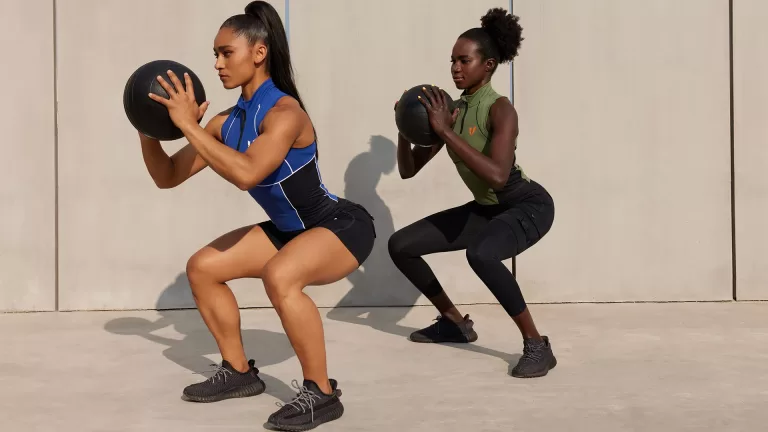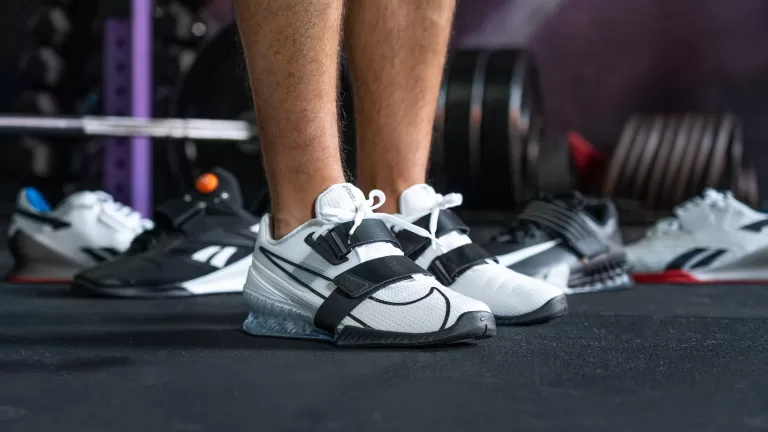The calf muscles, consisting primarily of the gastrocnemius and soleus, are notoriously challenging to grow due to their frequent use in daily activities like walking and standing. Understanding their anatomy and how they respond to exercise is key to designing an effective growth strategy.
- Gastrocnemius: This is the larger, more visible calf muscle, responsible for explosive movements such as jumping and running. It has a higher proportion of fast-twitch fibers, which respond well to heavier loads and lower repetitions. Research suggests that training the gastrocnemius at longer muscle lengths—emphasizing the stretched position during exercises like calf raises—can significantly enhance hypertrophy. For instance, a study examining different ranges of motion found that performing calf raises with a focus on the initial range (when the muscle is stretched) resulted in a 15.2% increase in medial gastrocnemius thickness, compared to 6.7% with full range and 3.4% with final range training.
- Soleus: Located beneath the gastrocnemius, the soleus is more involved in endurance activities and has a higher proportion of slow-twitch fibers. This suggests it may respond better to higher repetitions and longer time under tension. Seated calf raises, performed with bent knees, effectively isolate the soleus by reducing gastrocnemius involvement.
Calf muscles are highly resilient due to their constant engagement in daily life, which often necessitates higher training volumes or frequencies to stimulate growth. Studies and practical applications from fitness communities indicate that calves can handle more frequent training than other muscle groups, with some protocols suggesting up to 4 sessions per week for optimal results.
The best exercises for calf growth target both muscles effectively:
- Standing Calf Raises: Primarily activate the gastrocnemius, especially when performed with a full range of motion and a pause in the stretched position.
- Seated Calf Raises: Focus on the soleus, leveraging higher reps to capitalize on its endurance-oriented fiber composition.
- Single-Leg Calf Raises: Address imbalances between legs and can be adapted with bodyweight or added resistance.
Electromyography (EMG) studies often show higher gastrocnemius activation with standing variations and greater soleus activation with seated variations, supporting their inclusion in a hypertrophy program. Additionally, progressive overload—gradually increasing weight, reps, or sets—is critical for continued growth.
Workout Table: Exercises, % of 1RM, and Sets
To maximise calf growth, the following workout plan alternates between two sessions: a heavier day with lower reps to target fast-twitch fibers and a lighter day with higher reps to engage slow-twitch fibers. The percentages of one-rep maximum (1RM) are based on general hypertrophy guidelines, adjusted for calf-specific needs.
| Exercise | % of 1RM | Sets | Reps |
|---|---|---|---|
| Workout A (Heavier Day) | |||
| Standing Calf Raise | 75-80% | 3 | 8-10 |
| Seated Calf Raise | 65-70% | 3 | 12-15 |
| Workout B (Lighter Day) | |||
| Standing Calf Raise | 60-65% | 3 | 15-20 |
| Seated Calf Raise | 50-60% | 3 | 20-25 |
Notes:
- % of 1RM: For standing calf raises, 75-80% of 1RM typically allows 8-10 reps, while 60-65% corresponds to 15-20 reps. For seated calf raises, lighter loads (50-70%) align with higher rep ranges suited to the soleus. Adjust weights so the last few reps are challenging but maintain good form.
- Single-Leg Calf Raises: Optionally include these with bodyweight for 15-20 reps per leg or with added weight (e.g., a dumbbell) for 10-15 reps. Calculating 1RM is less practical here, so focus on rep targets.
- Execution: Perform standing calf raises with a pause at the bottom (stretched position) for 1-2 seconds to enhance gastrocnemius activation. Use a controlled tempo for seated calf raises, pausing briefly at the top.
Guidance on Frequency, Rest, and Recovery
Frequency
- Recommended: Train calves 2-3 times per week for optimal growth. This frequency balances sufficient stimulus with recovery, aligning with research showing that training a muscle group twice weekly outperforms once-weekly training, with diminishing returns beyond three sessions.
- Advanced Option: For those prioritizing calf growth, training up to 4 times per week may be effective due to the calves’ resilience. However, monitor for signs of overtraining (e.g., persistent soreness or plateaued progress).
Rest Between Sessions
- Allow at least 48 hours between calf workouts, particularly after heavier sessions (Workout A), to ensure adequate recovery. Lighter sessions (Workout B) may require less rest due to lower intensity, but individual recovery rates vary.
Recovery and Growth Tips
- Progressive Overload: Increase weight by 5-10% every 2-3 weeks, or add reps/sets as strength improves, to continually challenge the muscles.
- Form: Use a full range of motion, emphasizing the stretch for standing calf raises and control for seated variations.
- Daily Activity: Since calves are indirectly worked during leg exercises (e.g., squats) and daily movement, direct training 2-3 times weekly is typically sufficient for most.
Sample Weekly Schedule
- 2x/Week: Monday (Workout A), Thursday (Workout B).
- 3x/Week: Monday (A), Wednesday (B), Friday (A).
- 4x/Week: Monday (A), Tuesday (B), Thursday (A), Friday (B).
Adjust based on recovery and progress, ensuring rest days align with your overall training program.
Conclusion
Growing your calf muscles involves targeting the gastrocnemius and soleus with evidence-backed exercises like standing and seated calf raises, supported by a mix of heavier and lighter training days. By training 2-3 times per week (or up to 4 with caution), focusing on progressive overload, and allowing adequate rest, you can effectively stimulate hypertrophy. Consistency and proper form are key to overcoming the calves’ stubborn reputation and achieving noticeable growth.





Research and Evidence for Calf Muscle Growth